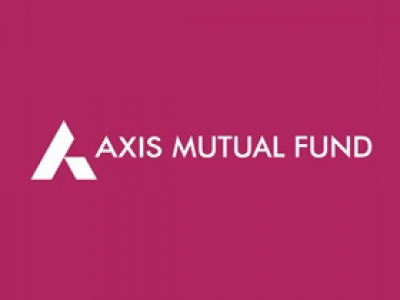The markets have been momentum driven in the last one and a half years. Increased oil prices, expected interest rate hikes and massive geopolitical tension have created anxiety and concern. In such situations, companies with strong fundamentals are the ones that eventually stand out.
With this philosophy of the fund house, Raghav Iyengar, Chief Business Officer, Axis MF takes us closer to ELSS (Equity Linked Savings Scheme) funds.
Equity on its own is a great wealth-builder but comes with its own set of volatilities. A longer holding period takes care of the volatility and that way ELSS has a natural advantage because investments are compulsorily locked in for a minimum period of three years.
After three years, equity is taxed at 10% tax on gains over and above Rs. 1 lakh. And, from an MFD’s perspective, ELSS offers some level of earnings certainty for the next three years.
Moreover, as against other instruments, ELSS has low lock-in. For instance, PPF (Public Provident Fund) has a seven-year lock-in and NSC (National Savings Certificate) has a five-year lock-in.
All this put together makes ELSS an attractive offering. Also, it makes sense to attach a goal to every investment. For instance, investors can assign their three/five/seven-year goals to Axis Long Term Equity Fund.
Typically, there is a massive ELSS rush during the tax season. However, it is advisable to set up a SIP at the beginning of the year to get the benefit of market volatility and avoid the last-minute stress of investing before the due date.
Some expert tips
While today 20% of clients may be contributing 80% to total revenue, the focus should be on doubling the existing 20%.
On the equity front, good companies across all three market capitalisation having great fundamentals will eventually catch up, even if stocks haven’t performed well in the recent past.
While many believe current market movement is only a first-quarter phenomenon, we expect 2022 to be a very choppy year. Clients ultimately want to see returns on their portfolio and if they are skewed towards equity, it will become difficult to explain big drawdowns. Hence, there should be a reasonable fixed income allocation.
Investors have had good experiences with MFDs/RIAs and are willing to cut larger cheques in their favour. Contrary to earlier trends, MFDs/RIAs now also look into the non-retail part of their clients’ portfolio. There is a lot of development around early-stage investing, structured credit, etc and MFDs/RIAs must keep their eyes and ears open to other investment opportunities.
You can watch the complete video by clicking here.






